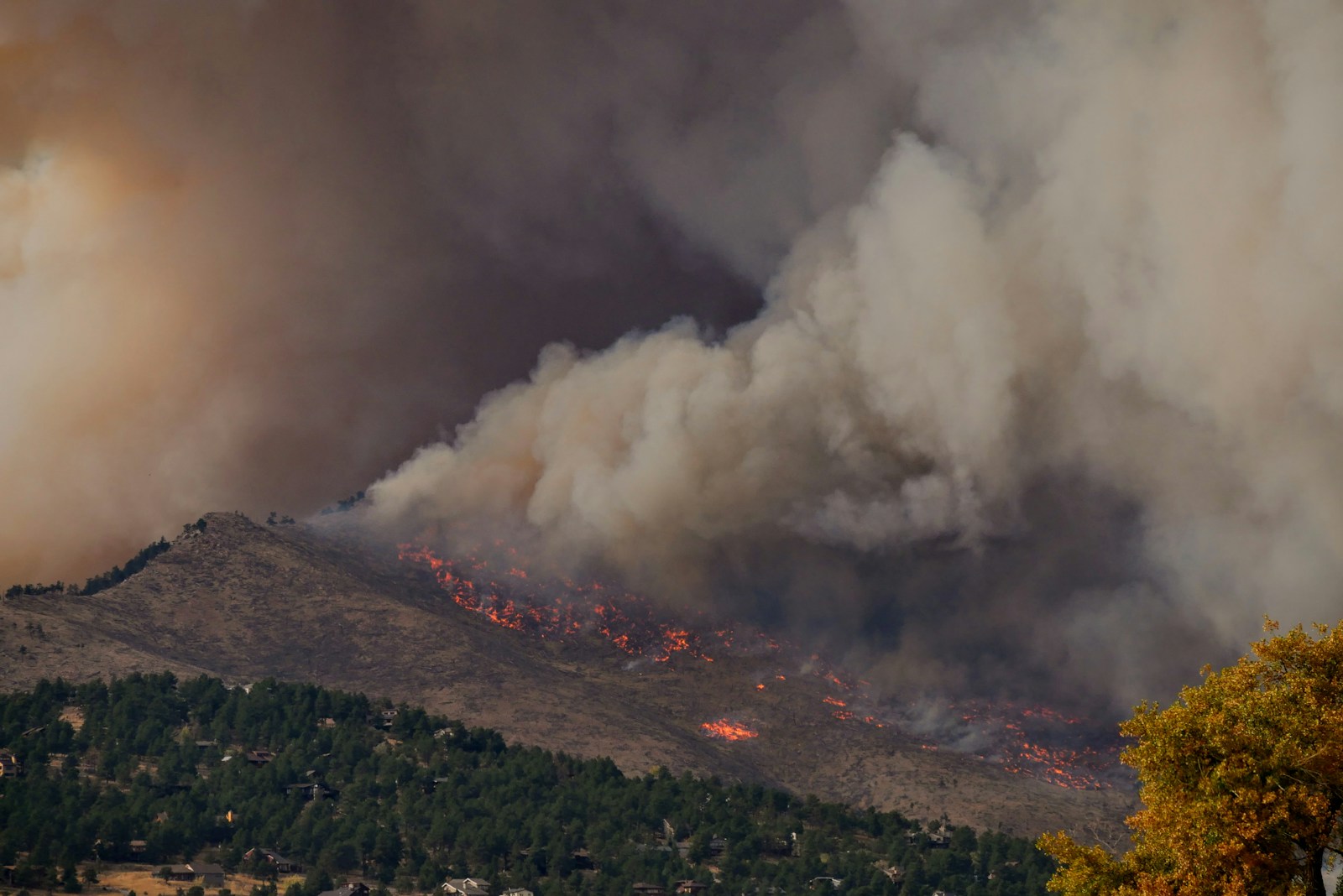The relationship between wildfire and our national parks has evolved dramatically over the past century. Once viewed solely as destructive forces to be suppressed at all costs, we now understand that wildfires play a complex ecological role. However, as climate change intensifies fire seasons and human activities increase ignition risks, our national parks face unprecedented challenges.
Recent years have seen devastating megafires that threaten not just human infrastructure but the very ecosystems parks were established to protect. This article explores how innovative wildfire prevention strategies are helping our beloved national parks recover from past damage while building resilience for the future. From traditional ecological knowledge to cutting-edge technology, these efforts represent a crucial evolution in how we manage and preserve America’s most treasured landscapes.
The Changing Philosophy of Wildfire Management
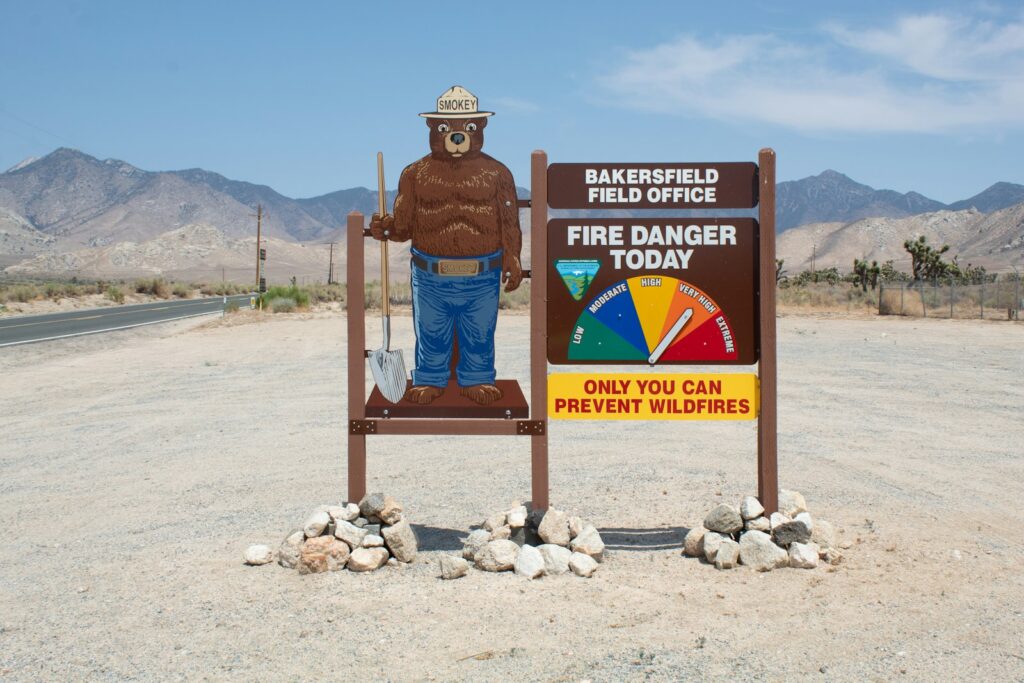
The approach to wildfire management in national parks has undergone a significant transformation over the decades. Early park management in the early 20th century adopted a strict fire suppression policy, famously embodied by Smokey Bear’s “only you can prevent forest fires” campaign. This well-intentioned strategy inadvertently allowed dangerous levels of fuel to accumulate across forest floors, setting the stage for increasingly catastrophic fires.
By the 1960s and 1970s, ecological research began revealing fire’s natural role in many ecosystems, leading to the gradual introduction of prescribed burns and managed wildfires. Today’s approach represents a more nuanced understanding that balances ecosystem health with human safety, recognizing that some fires serve important ecological functions while others must be actively prevented or contained to protect both natural resources and surrounding communities.
Prescribed Burns as Prevention and Restoration
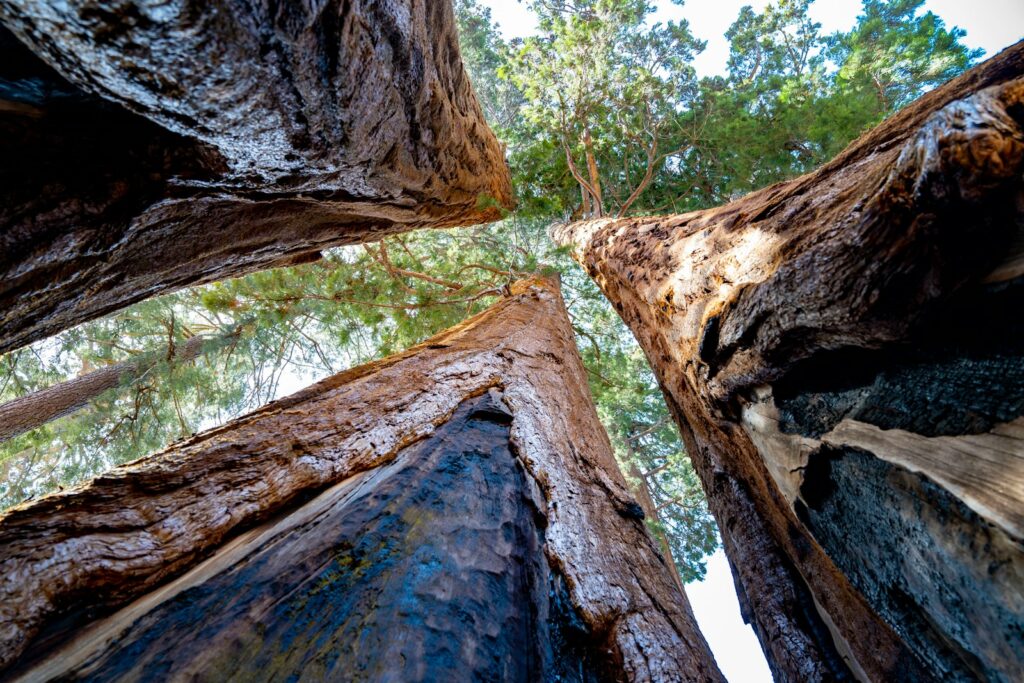
Prescribed burns have emerged as one of the most effective tools in wildfire prevention and ecological restoration across national parks. These carefully planned and controlled fires reduce hazardous fuel loads while mimicking natural processes that many park ecosystems evolved alongside. In Sequoia and Kings Canyon National Parks, prescribed burns help protect giant sequoia groves, which require periodic fire to release seeds and clear competing vegetation.
Yosemite National Park has expanded its prescribed burn program to treat approximately 30,000 acres of parkland, creating strategic fuel breaks while restoring meadow habitats that had become overgrown due to fire suppression. Beyond immediate fire risk reduction, these controlled burns stimulate new growth, recycle nutrients into soil, and create varied habitat structures that benefit diverse wildlife populations, effectively acting as both prevention and active restoration simultaneously.
Mechanical Thinning and Forest Structure Restoration
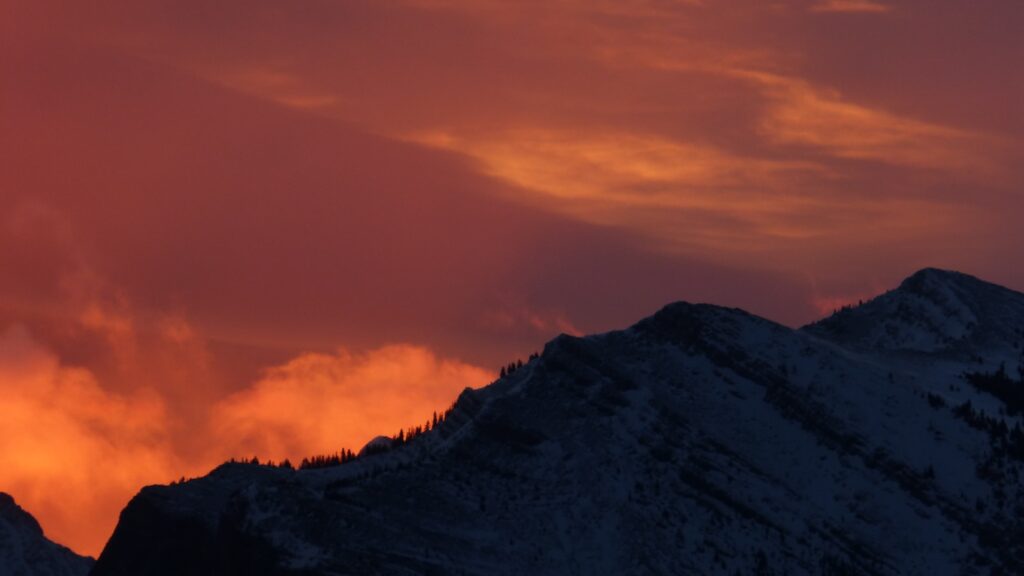
When prescribed burns aren’t feasible due to weather, air quality concerns, or proximity to developed areas, national parks increasingly employ mechanical thinning techniques to reduce wildfire risk and restore healthier forest structures. These operations selectively remove smaller trees, shrubs, and ladder fuels that allow flames to climb into forest canopies and create devastating crown fires. In Rocky Mountain National Park, forest thinning projects have created defensible space around historic buildings and visitor centers while simultaneously restoring more natural forest densities.
Grand Canyon National Park has implemented an ambitious mechanical thinning program on the North Rim, removing dense undergrowth that accumulated during a century of fire suppression while preserving old-growth ponderosa pines. These projects often require careful consideration of historical forest compositions, with many parks striving to recreate the more open, fire-resistant structures that existed before European settlement disrupted natural fire regimes.
Integrating Indigenous Knowledge into Prevention Strategies
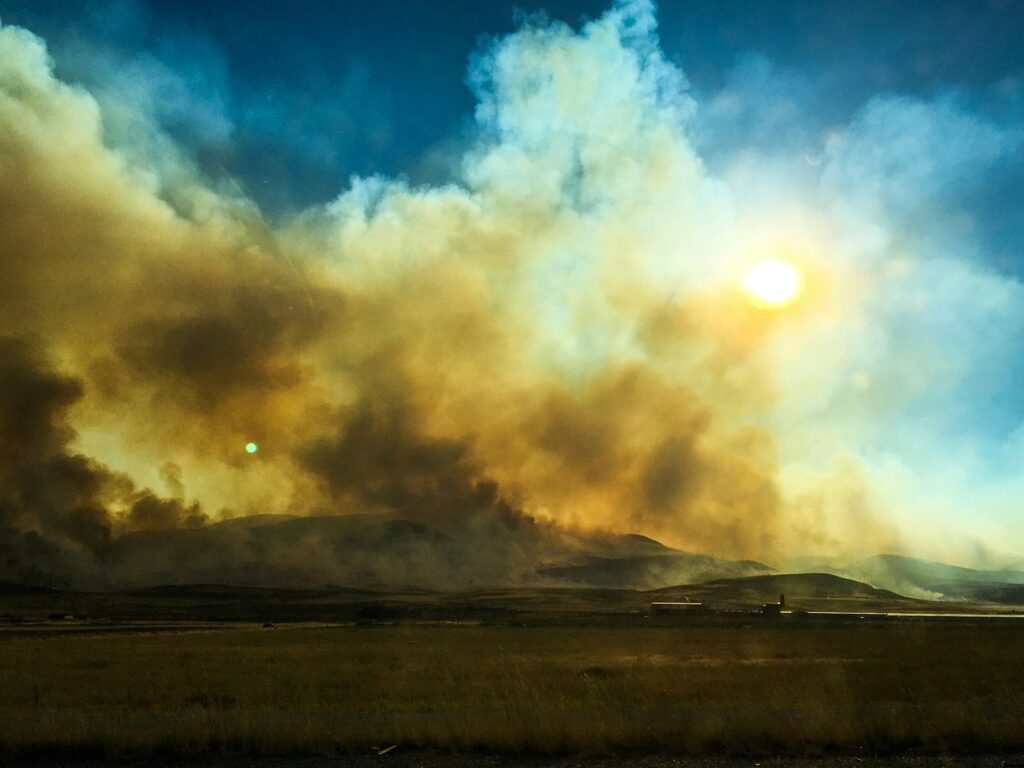
National parks are increasingly recognizing and incorporating traditional ecological knowledge from Indigenous communities whose ancestors managed these landscapes for thousands of years before park establishment. Many tribes historically used controlled burning as a sophisticated land management tool to enhance plant resources, improve wildlife habitat, and reduce catastrophic wildfire risk. Yosemite National Park has partnered with local Miwok and Paiute tribes to restore cultural burning practices in meadows and oak woodlands, simultaneously reducing wildfire danger and enhancing culturally significant plant populations.
In Northern California, Redwood National Park collaborates with Yurok tribal members on prescribed fire projects that integrate traditional burning techniques with modern safety protocols. These partnerships acknowledge that Indigenous communities developed sophisticated ecological understanding through generations of direct observation and practice, offering valuable insights that complement scientific approaches to fire management while also creating opportunities for cultural healing and reconciliation.
Advanced Detection and Monitoring Technologies
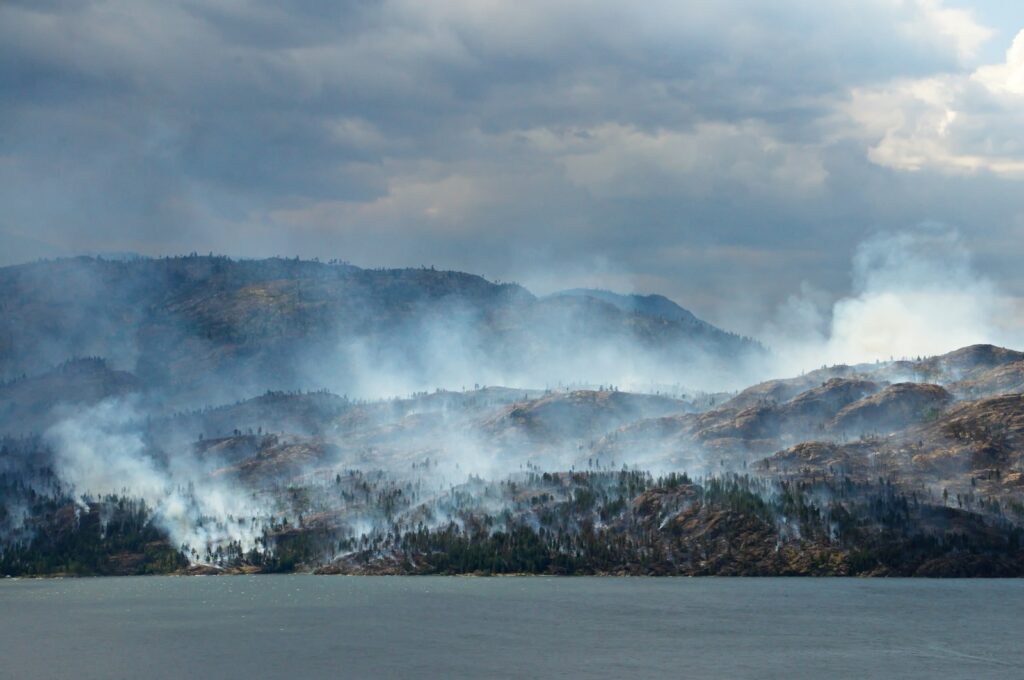
The technological revolution in wildfire prevention has dramatically enhanced national parks’ ability to detect ignitions early and monitor fire behavior with unprecedented precision. AI-powered camera systems like ALERTWildfire now scan horizons across many parks, capable of identifying smoke columns within minutes of ignition and allowing rapid response before fires can spread. In California’s parks, a network of weather stations provides real-time data on temperature, humidity, and wind conditions, helping managers predict fire behavior and deploy resources strategically.
Drones equipped with thermal imaging cameras patrol high-risk areas during extreme fire weather, detecting hot spots invisible to the naked eye. Satellite monitoring systems track vegetation moisture content across vast parklands, identifying areas of particular vulnerability before fire season peaks. These technologies not only help prevent catastrophic wildfires but also provide valuable data for understanding fire ecology and measuring recovery in previously burned areas.
Collaborative Management with Surrounding Communities
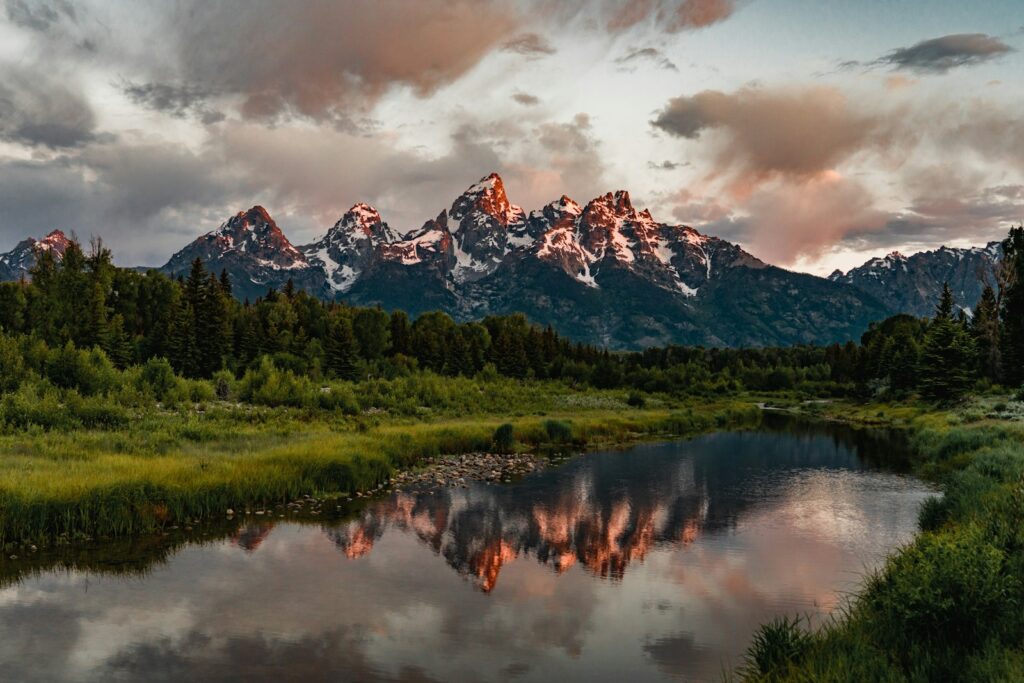
National parks have recognized that effective wildfire prevention cannot stop at park boundaries, leading to expanded collaboration with surrounding landowners and communities. Sequoia National Park’s “Three Rivers Fire Safe Council” brings together park officials, local residents, and county agencies to create consistent fuel reduction strategies across jurisdictional boundaries. Grand Teton National Park participates in the Teton Interagency Fire program, coordinating wildfire prevention efforts across 3.4 million acres of federal land and working closely with private landowners in the wildland-urban interface.
Yosemite has pioneered community wildfire protection plans with gateway towns like Wawona and El Portal, creating strategic fuel breaks that protect both park resources and residential areas. These collaborative approaches recognize the interconnected nature of landscapes and fire risk, creating more resilient systems that help parks recover from past fires while preventing future catastrophes through coordinated prevention strategies.
Post-Fire Ecosystem Restoration Projects
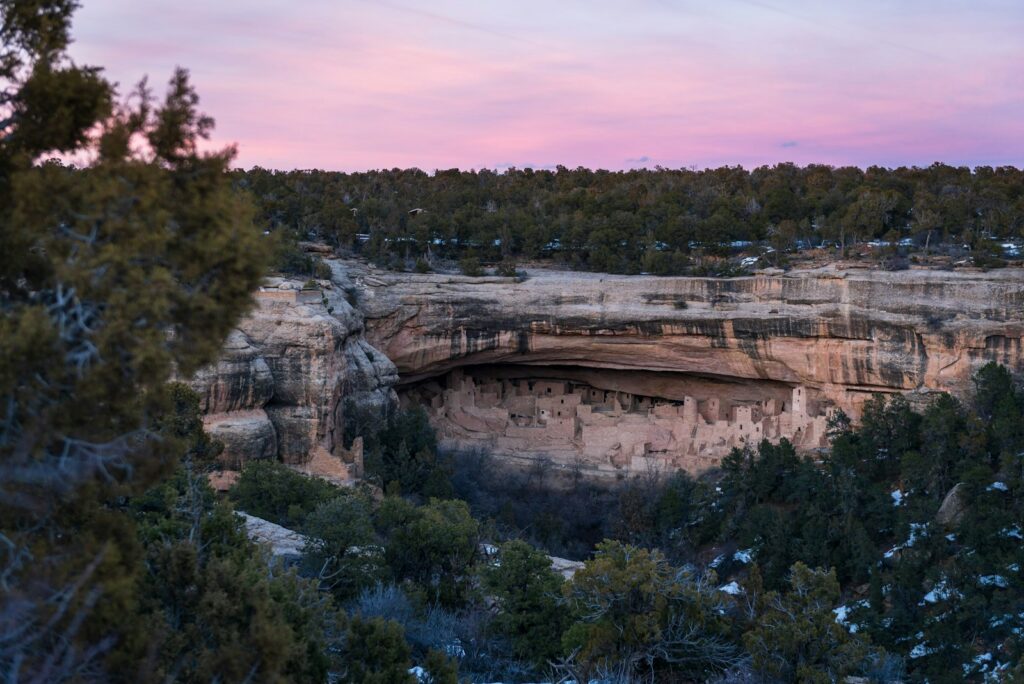
Following severe wildfires, national parks implement comprehensive restoration projects to accelerate ecosystem recovery and prevent further degradation. These efforts often begin with immediate post-fire stabilization to control erosion and protect water quality, using techniques like contour log placement, mulching, and native seed application on severely burned slopes. In Glacier National Park, restoration teams planted thousands of whitebark pine seedlings in areas devastated by the Reynolds Creek Fire, focusing on this keystone species that provides critical food resources for wildlife.
Mesa Verde National Park established a native plant nursery following the 2000 Bircher Fire, propagating locally-adapted species for revegetating burned archaeological sites and preventing invasive plants from gaining footholds. Beyond vegetation, restoration projects also address wildlife habitat, rehabilitating streams impacted by post-fire debris flows and reconstructing features like snags and downed logs that provide crucial habitat for fire-adapted species.
Managing Invasive Species Following Wildfires
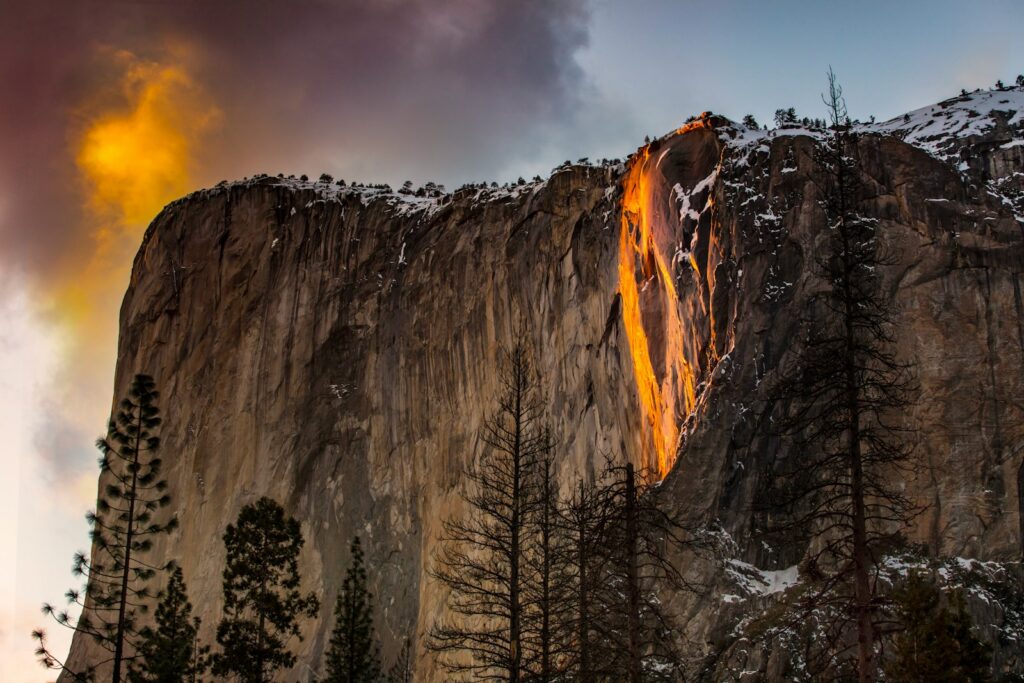
Severe wildfires often create opportunities for invasive species to establish in national parks, threatening native recovery and potentially increasing future fire risks. Parks have developed sophisticated early detection and rapid response programs to address this challenge as part of comprehensive wildfire prevention strategies. Following the 2013 Rim Fire in Yosemite National Park, restoration teams conducted systematic surveys to identify emerging invasive plant populations, targeting species like yellow star-thistle and Himalayan blackberry before they could dominate recovering landscapes.
Joshua Tree National Park employs dedicated “weed teams” that mobilize quickly after fires to remove non-native grasses that create continuous fuel beds between native desert plants, breaking the invasion-fire cycle. Grand Canyon National Park combines volunteer efforts with professional crews to control tamarisk and other invasive riparian species in burned drainage areas, preventing these fire-prone plants from altering canyon hydrology and fire regimes. By addressing invasive species promptly after fires, parks prevent cascading ecological changes that could increase vulnerability to future wildfires.
Climate-Adapted Restoration Strategies
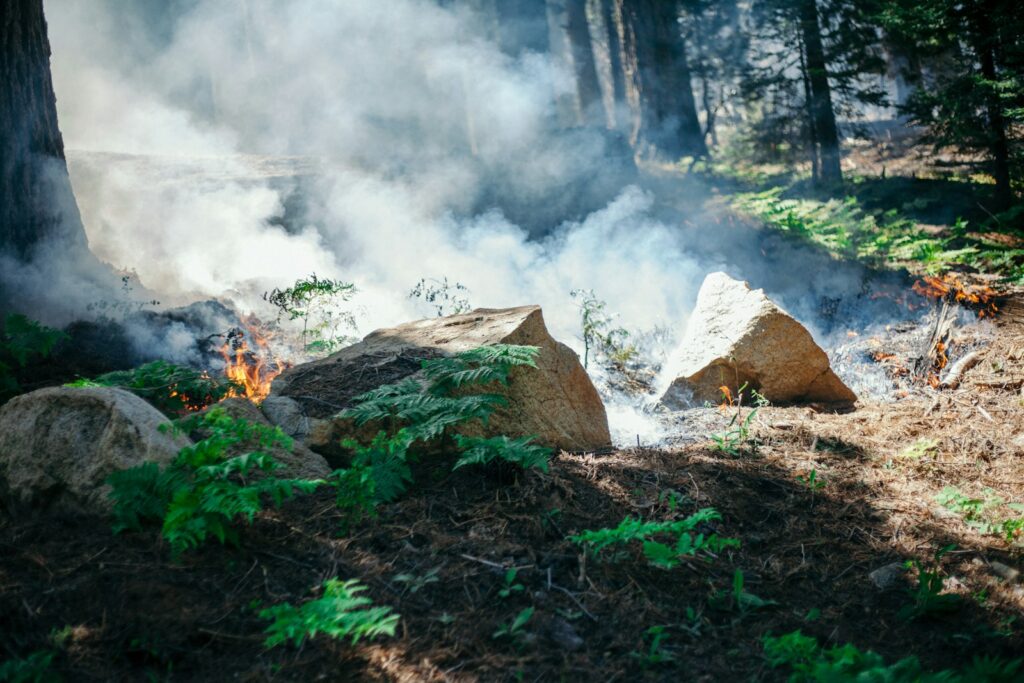
As climate change alters temperature and precipitation patterns across national parks, wildfire prevention and restoration efforts increasingly incorporate forward-looking approaches rather than simply attempting to restore historical conditions. In Sequoia National Park, managers are experimenting with planting giant sequoia seedlings at slightly higher elevations than their current range, anticipating warming trends that may make lower elevations unsuitable in coming decades. Yellowstone National Park researchers study post-fire forest regeneration under different climate scenarios, adjusting reforestation efforts to favor tree species and genotypes likely to thrive under future conditions.
Joshua Tree National Park has established climate-resilient restoration sites that test various irrigation and shading techniques to improve native plant survival during extreme heat events that often follow fires. These climate-adapted approaches represent a significant evolution in post-fire restoration, acknowledging that successful wildfire prevention must consider not just current conditions but also the changing climate context in which parks will exist for generations to come.
Watershed Protection and Hydrological Recovery
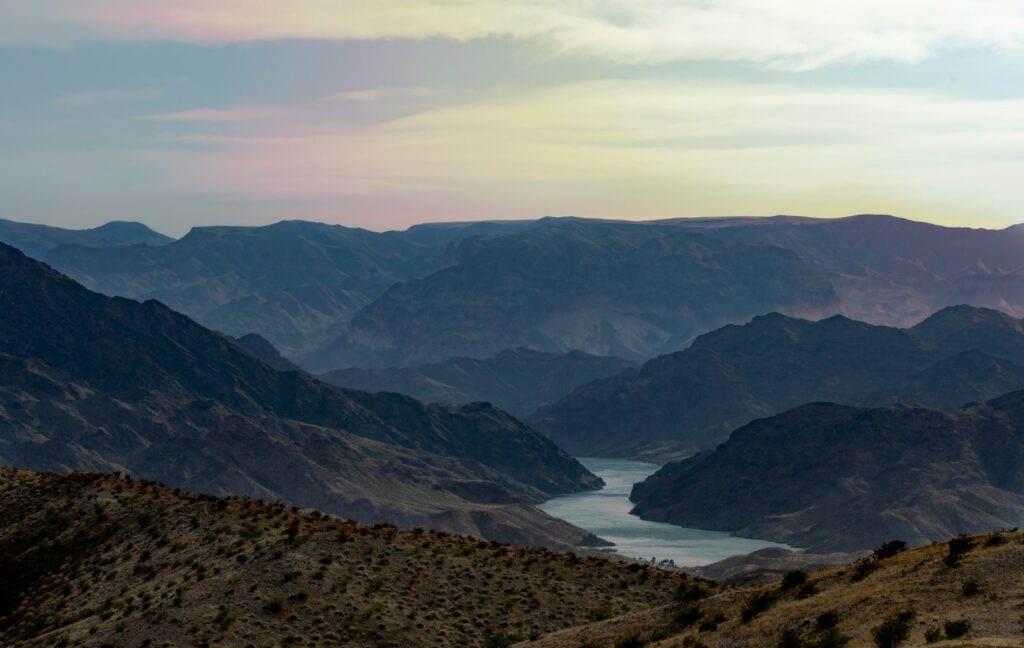
Severe wildfires can dramatically alter watershed functions in national parks, creating flooding and erosion risks while threatening water quality in downstream ecosystems and communities. Prevention efforts increasingly focus on protecting these vital hydrological systems through targeted interventions. Rocky Mountain National Park implemented an extensive watershed restoration program following the 2020 East Troublesome Fire, installing erosion control structures in high-severity burn areas that threatened the Colorado River headwaters. Yosemite National Park restoration teams work to stabilize fire-damaged stream banks along the Merced River, using bioengineering techniques that combine native vegetation with natural materials to prevent sedimentation of this Wild and Scenic River.
Mesa Verde National Park constructed a series of check dams in burned canyons to slow water flow during monsoon rains, allowing sediment to settle before reaching archaeological sites and preventing flash flooding that could cause further damage. These watershed protection efforts not only safeguard park resources but also protect water supplies for downstream communities, demonstrating how wildfire prevention benefits extend far beyond park boundaries.
Public Education and Visitor Involvement
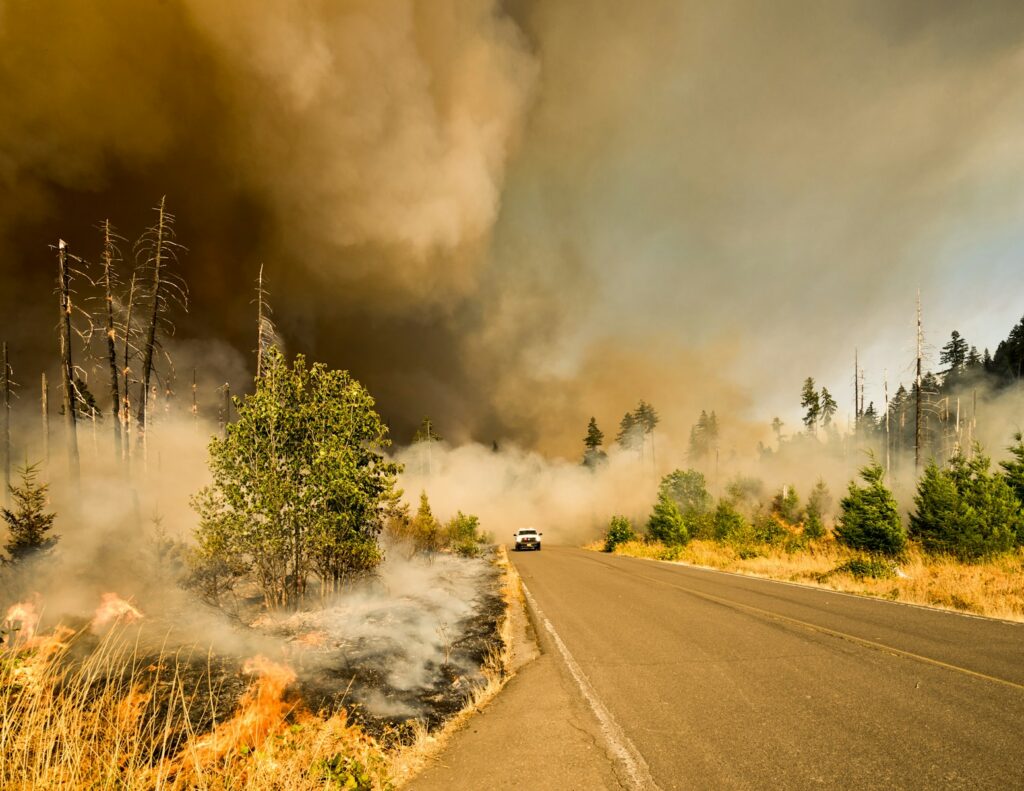
National parks have significantly expanded public education programs around wildfire prevention, recognizing that informed visitors are crucial allies in protecting recovering landscapes. Ranger-led programs at Yellowstone National Park now include “Fire Walks” through recovering burn areas, helping visitors understand fire’s ecological role while emphasizing prevention of human-caused ignitions. Grand Canyon National Park’s visitor centers feature interactive exhibits on fire ecology and prevention, including virtual reality experiences that demonstrate how fuel reduction projects protect park infrastructure.
Many parks have established volunteer opportunities for visitors to participate directly in restoration efforts, with Olympic National Park’s “Plant-a-Tree” program allowing visitors to help reforest severely burned areas while learning about fire prevention. Sequoia National Park’s “Fire Corps” volunteer program trains citizens to assist with prescribed burn preparations and post-fire monitoring, creating a corps of informed advocates who take prevention messages back to their communities.
Scientific Research and Adaptive Management

Robust scientific research programs form the foundation of effective wildfire prevention and recovery efforts across the national park system. Long-term research plots in Yellowstone National Park have monitored forest recovery since the historic 1988 fires, providing crucial data that informs current prevention strategies and helps predict future recovery trajectories. Yosemite National Park maintains an extensive fire effects monitoring program that documents vegetation changes following both wildfires and prescribed burns, creating feedback loops that continuously improve management practices.
Researchers in Glacier National Park study how different fire intensities affect subalpine forest recovery, information that helps managers target prevention efforts to protect vulnerable ecosystems. Great Smoky Mountains National Park collaborates with university partners to track post-fire wildlife population dynamics, ensuring that prevention strategies maintain habitat for species that depend on particular fire regimes. This commitment to science-based, adaptive management ensures that wildfire prevention efforts evolve with our growing understanding of fire ecology and changing environmental conditions.
Future Directions in National Park Fire Management
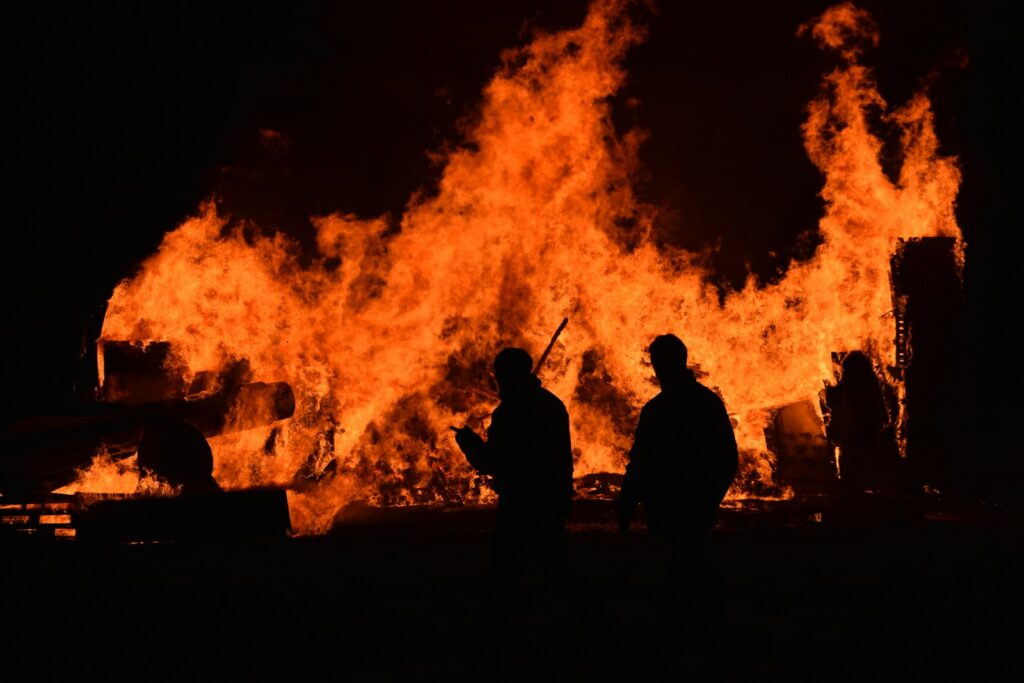
Looking ahead, national parks are pioneering innovative approaches to wildfire prevention that promise to further enhance ecosystem recovery and resilience. Several parks are exploring the potential of Indigenous cultural burning practices at landscape scales, moving beyond small demonstration projects to implementation across thousands of acres. Advanced mapping technologies are enabling the development of “pyrogeographic” planning that identifies natural fire compartments where fires can be managed for resource benefits while minimizing risks to sensitive areas.
Some parks are experimenting with new forms of community engagement, including “fire-adapted communities” programs that help gateway towns implement prevention measures that complement park efforts. Research into post-fire carbon sequestration is informing restoration strategies that maximize climate benefits while reducing future fire risks. As climate change continues to alter fire regimes, these forward-thinking approaches represent the next evolution in how national parks balance wildfire prevention with ecosystem recovery, ensuring these treasured landscapes remain resilient for future generations.
Conclusion
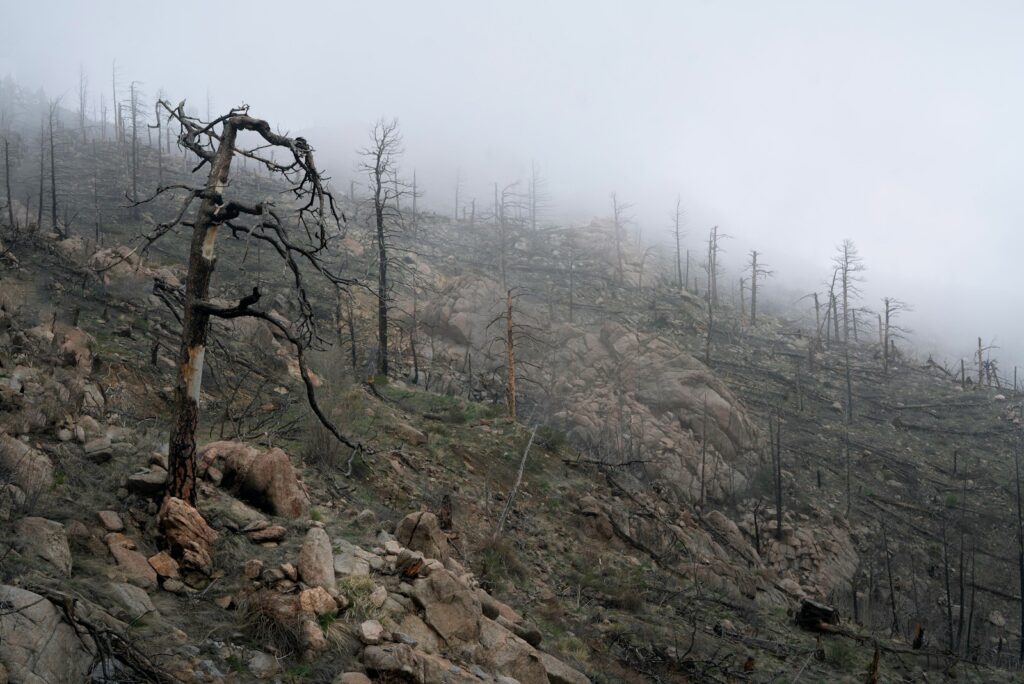
The story of wildfire prevention and recovery in our national parks reflects humanity’s evolving relationship with these iconic landscapes. From misguided suppression policies to today’s sophisticated integration of ecological science, traditional knowledge, and cutting-edge technology, park managers now approach fire with nuance and foresight. These prevention efforts do more than simply protect infrastructure or scenery—they actively restore ecological processes that sustain the remarkable biodiversity these parks were established to preserve.
As climate change creates new challenges, the innovative approaches described here will become increasingly vital. The recovery we see today in burned landscapes across the national park system offers hope that with continued investment in prevention, research, and collaborative management, these treasured ecosystems can not only survive but thrive amid changing fire regimes.

